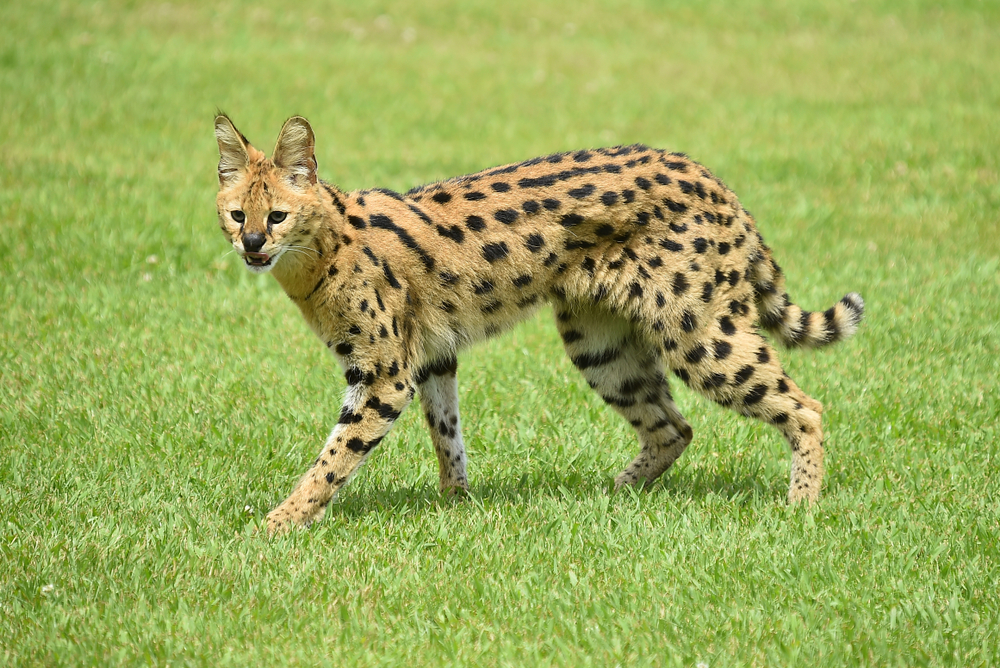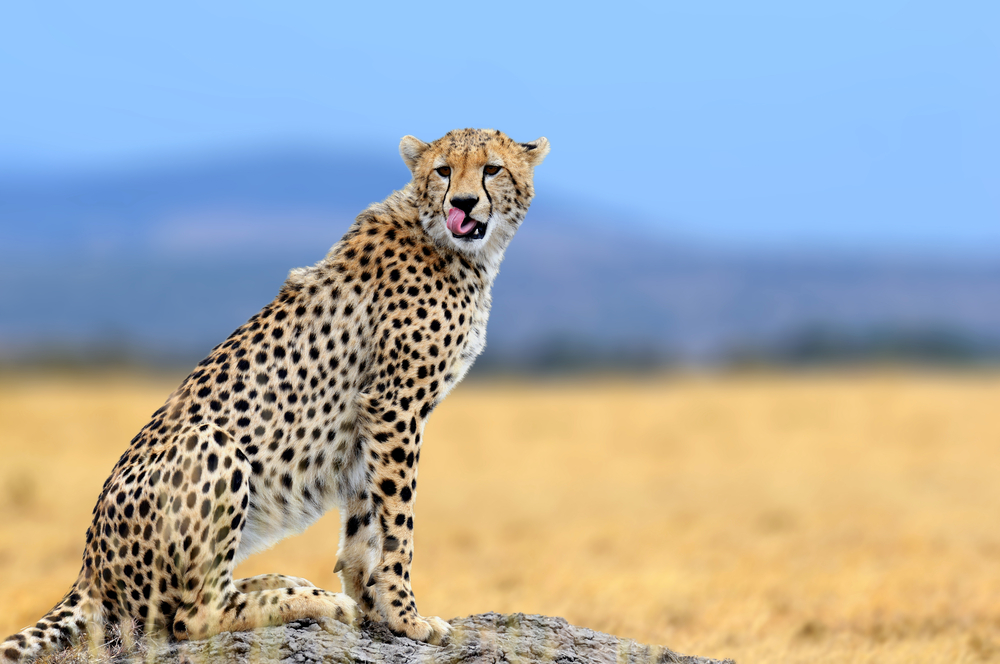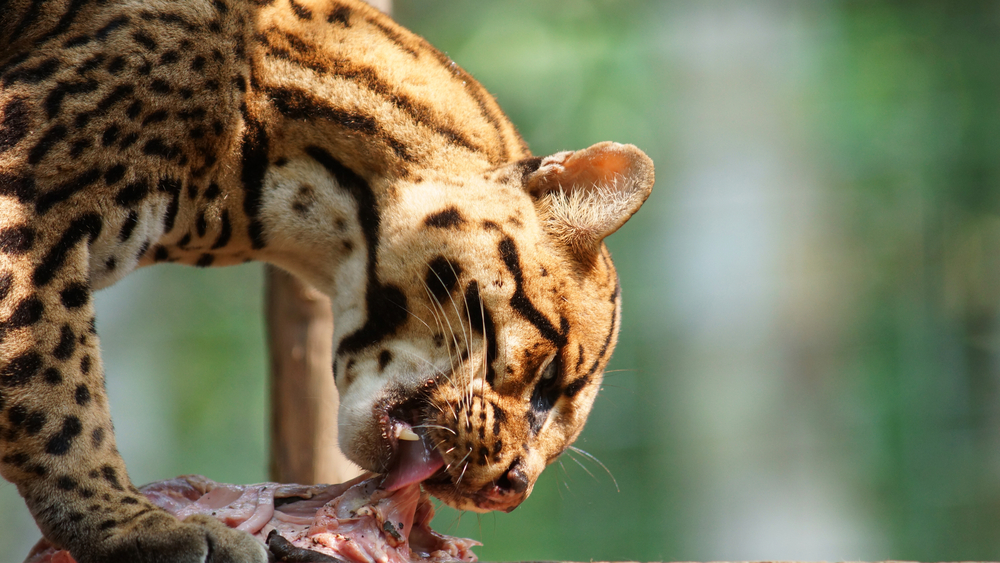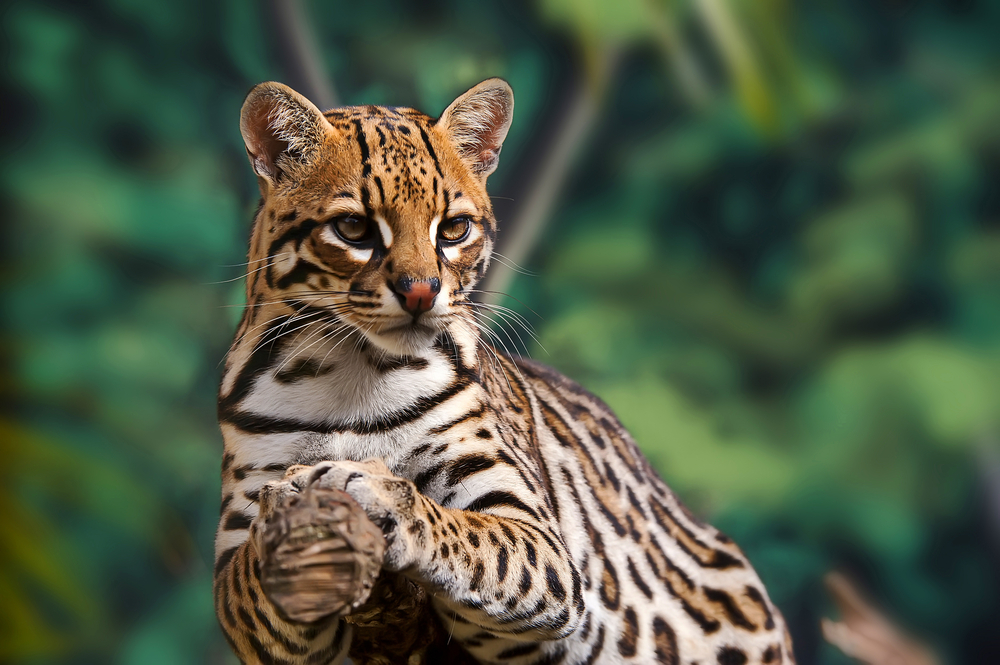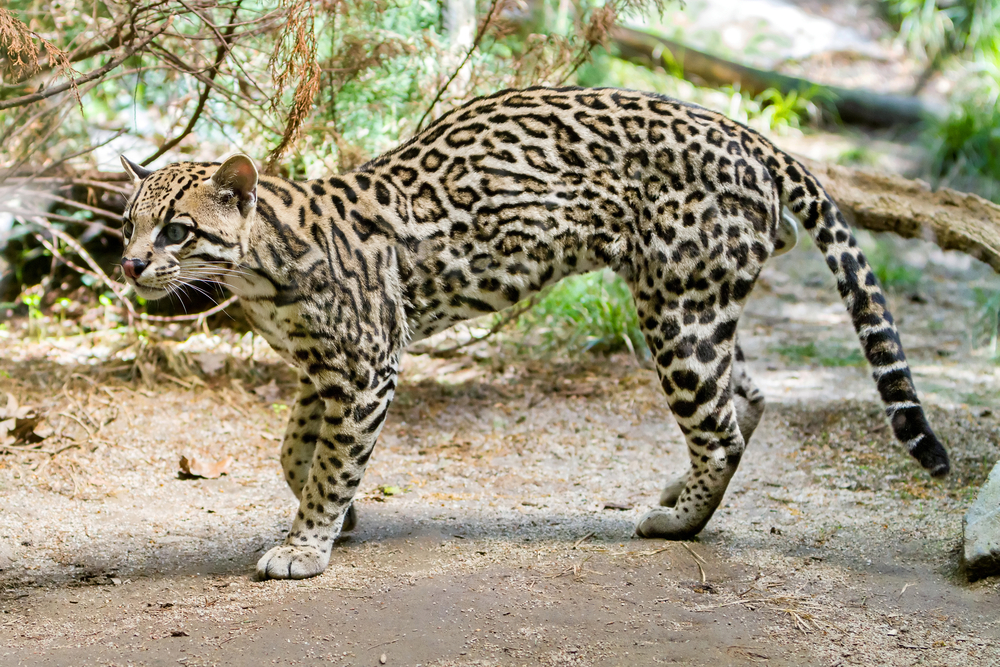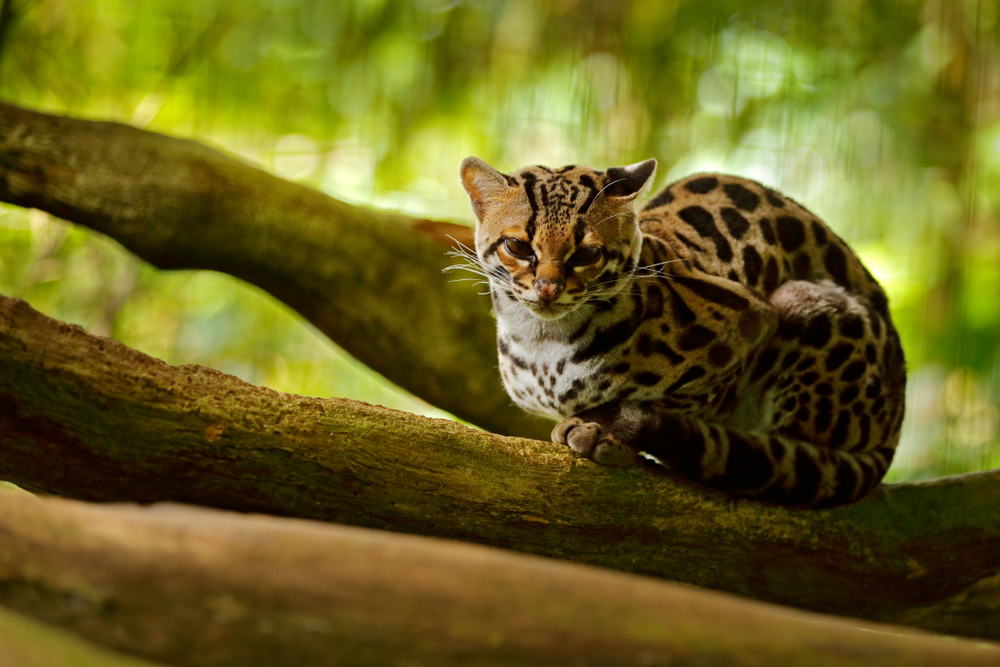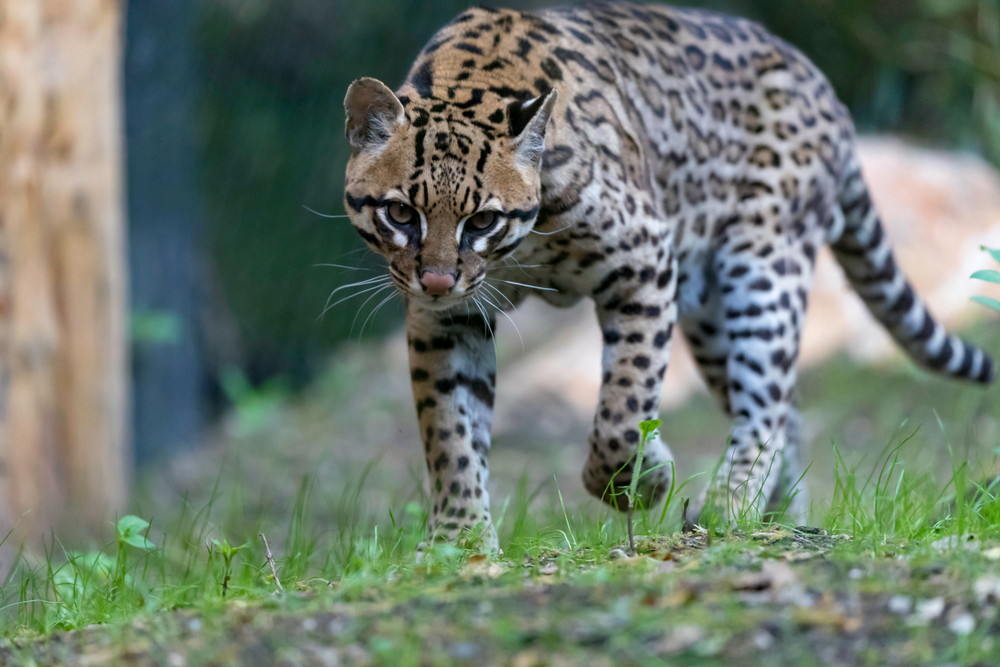Ocelots and Servals are both wildcat species, but they differ in several key ways:
1. Geographic Range:
- Ocelot: Ocelots are primarily found in the Americas, including South and Central America, and parts of North America. They inhabit various habitats, from rainforests to savannas.
- Serval: Servals are native to Africa, primarily living in grasslands, savannas, and wetlands.
2. Size:
- Ocelot: Ocelots are medium-sized cats, typically weighing between 20 to 35 pounds (9 to 16 kg).
- Serval: Servals are smaller than Ocelots, with a weight range of 15 to 40 pounds (7 to 18 kg). They are slender and have long legs.
3. Coat Pattern:
- Ocelot: Ocelots have a coat with large, striking rosettes and spots on a tawny or yellowish background, resembling miniature leopards.
- Serval: Servals have a coat with a distinctive pattern of bold, elongated spots and stripes on a golden-yellow background.
4. Build and Body Proportions:
- Ocelot: Ocelots have a more robust build with a stockier appearance compared to Servals. Their legs are not as elongated as those of Servals.
- Serval: Servals have a slender and elongated body with proportionally longer legs, giving them a more rangy and tall appearance.
5. Behavior and Hunting Styles:
- Ocelot: Ocelots are primarily solitary and nocturnal hunters, relying on stealth and ambush tactics to capture prey. They have a diverse diet that includes small mammals, birds, and reptiles.
- Serval: Servals are also solitary and mostly nocturnal hunters. They are known for their exceptional ability to jump and catch birds in mid-air, thanks to their remarkable leaping skills. They primarily feed on rodents and birds.
6. Habitat Preferences:
- Ocelot: Ocelots are adaptable to various habitats, including rainforests, swamps, and grasslands.
- Serval: Servals are often associated with grasslands and wetlands but can also be found in woodland areas.
7. Conservation Status:
- Ocelot: Ocelots are classified as “Least Concern” by the International Union for Conservation of Nature (IUCN), meaning they are not currently considered endangered.
- Serval: Servals are also listed as “Least Concern” by the IUCN, with stable populations.
While both Ocelots and Servals are remarkable wildcats with unique characteristics, their distinctions in size, appearance, behavior, and geographic range make them distinct species, adapted to their respective environments and ecosystems
































































